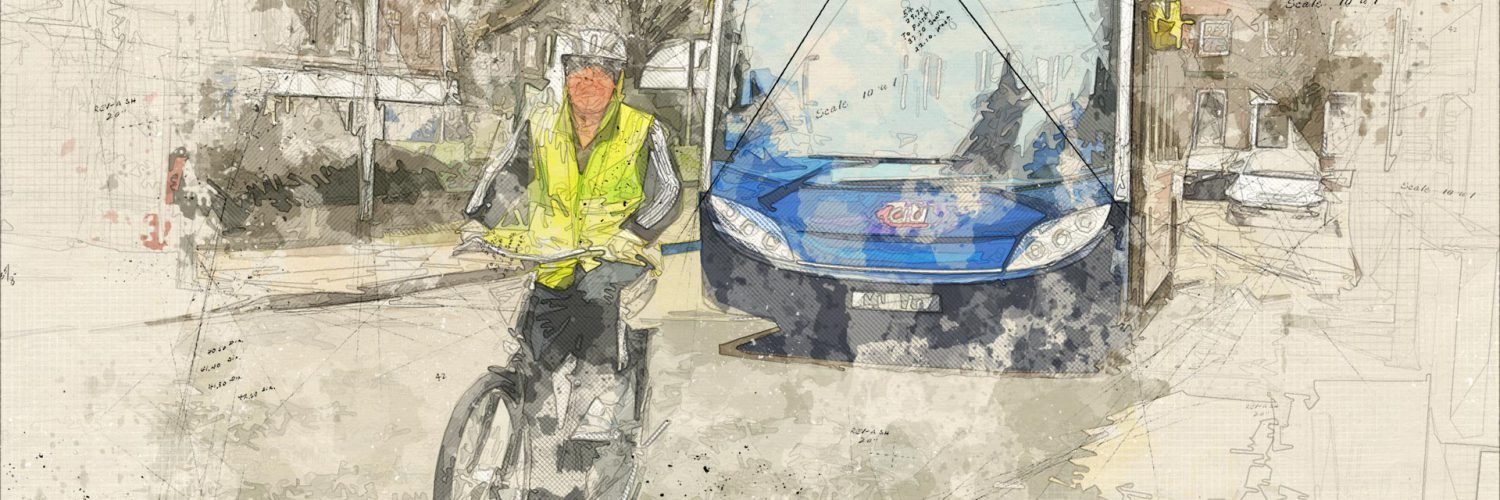Much has been discussed about major upgrades for busy rural roads. But we need to reduce crashes, save lives, and make rural travel safer for those in cars, on cycles, on horses and by foot on the 99% of rural roads that will never be upgraded.
These roads need to be suitable – and safe – for everyone. A quick check suggests that half of the serious crashes on the rural sections of the A10 between Milton and Ely involve people on foot or bike. We have the anomaly that many busy single carriageway roads have a speed limit of 50mph; but turn onto a quieter road, where may walk, cycle or ride a horse, the limit goes up to 60mph! Government guidance permits a lower limit of 40mph on roads with ‘vulnerable users’ but all roads have these.
Road surfaces are deteriorating, accelerated by more and heavier traffic and reduced funding for maintenance. This is obvious to all. Yet two further issues trouble me.
Firstly, it is lovely to drive, walk or cycle on quiet roads in a ‘fairy land’ where trees meet overhead, but on busy roads with sweeping bends, we must be careful that growth does not block visibility and increase the risk of a crash involving a less-than-cautious driver. Proper pruning of overhanging branches should enable a driver to see a vulnerable road user or stationary vehicle at their stopping distance. Keeping hedges and shrubs in check could be easier for highways authorities if there was a way for people to report potential hazards.
Consistency of signing is my other issue, especially as the layout and positioning of new style signing was an early job of mine. Yo-yoing of speed limits, the positioning of bendsigns, and headlight reflections from incorrectly orientated direction signs all make driving difficult, especially in the dark, and for unfamiliar or inexperienced drivers.
So I have a series of requests to the authorities on behalf of rural road users:
– Rationalise and clarify speed limits on rural roads
– Stop cutting the budgets for maintenance
– Accept it’s often necessary to cut back foliage, for safety’s sake
– Control and improve the quality and upkeep of signage
Some of these can be addressed by the County Council, while others may need government intervention. However, perhaps innovative ideas could be generated for local residents to get involved too.
This article was first published in the Cambridge Independent on 9 August 2017.



Add comment